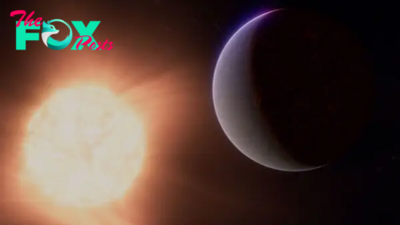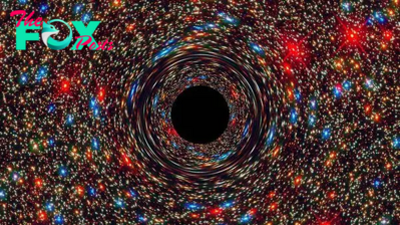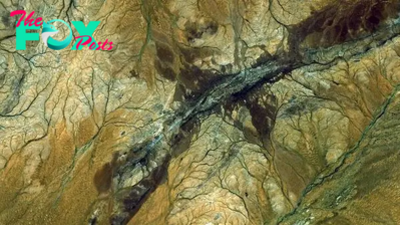Science
Jupiter may be the reason why Earth has a moon, new study hints
It would appear that the so-called "great instability" event that wreaked chaos among the planets, sending the gas giants careening through space until they settled into the orbits we know today, occurred between 60 and 100 million years after the birth of the solar system. This is the conclusion of some careful scientific detective work that has connected a type of meteorite to an asteroid that was once pushed around by those marauding planets.
What's more, scientists believe the migrating planets — primarily Jupiter — could have led to the formation of Earth's moon by destabilizing the orbit of a Mars-size protoplanet called Theia. This destabilization may have instigated a collision with Earth that sent debris into space. It is this debris, scientists believe, that may have formed the moon.
Related: NASA reveals 'glass-smooth lake of cooling lava' on surface of Jupiter's moon Io
Thanks to studies of the compositions and locations of various types of asteroids and comets, scientists know the aforementioned carnage occurred early in the History of the solar system. Still, there are some puzzles yet to be solved when it comes to how exactly everything went down.
For instance, scientists are aware that the objects in the solar system we see today, including Earth, formed around the sun from a disk of gas and dust. However, some of those objects, namely asteroids and comets, appear to consist of material that was not present in the disk — at least, the material shouldn't have been present in the locations those objects currently find themselves in. Instead, it'd make more sense for these items to have formed closer to the sun before being scattered farther afield. If Jupiter and the other giant planets migrated from where they formed, maybe asteroids and comets could've as well.
In the young solar system, the four gas giant planets —Jupiter, Saturn, Uranus and Neptune — were nestled closer together. Over time, gravitational interactions with planetesimals beyond Neptune led to Saturn, Uranus and Neptune migrating outward. Meanwhile, Jupiter migrated inward, where scientists think it was, in turn, able to destabilize bodies in the inner solar system.
"The idea of this orbital instability is now well established in the planetary community, however the time at which this instability occurred is still a matter of debate," planetary scientist Chrysa Avdellidou of the University of Leicester told Space.com.
-

 Science1d ago
Science1d agoEarth from space: Majestic 'yin-yang' crater sits atop a dormant volcano in Turkey
-

 Science1d ago
Science1d agoJames Webb telescope detects 1-of-a-kind atmosphere around 'Hell Planet' in distant star system
-

 Science2d ago
Science2d ago32 strange places scientists are looking for aliens
-

 Science2d ago
Science2d agoSpace photo of the week: 'God's Hand' leaves astronomers scratching their heads
-

 Science2d ago
Science2d agoWhy can't we see the far side of the moon?
-

 Science3d ago
Science3d ago'The most critically harmful fungi to humans': How the rise of C. auris was inevitable
-

 Science3d ago
Science3d agoThe Eta Aquarids Meteor Shower Is Coming. Here’s How You Can See It
-

 Science3d ago
Science3d agoOdd earthquake swarm in Central Europe hints at magma bubbling below the surface


























